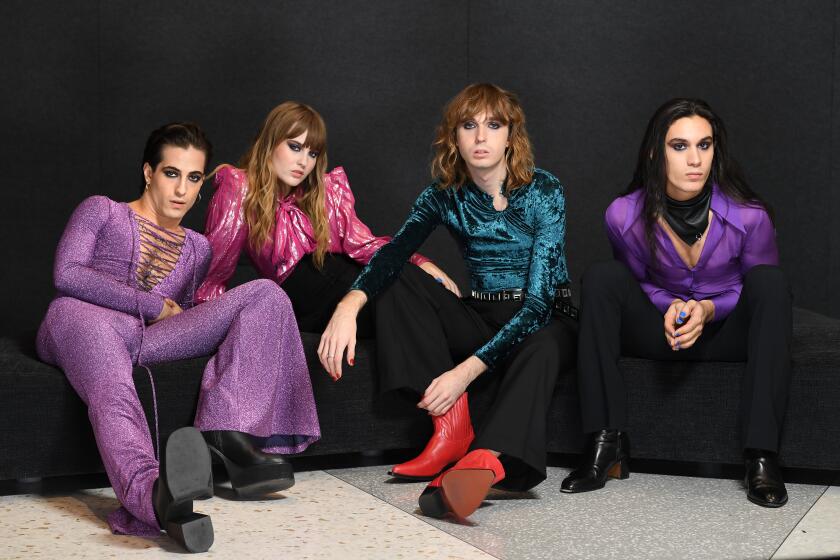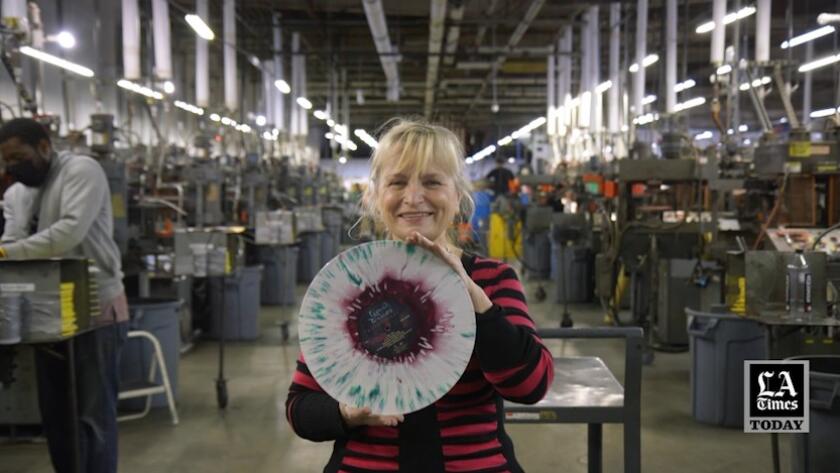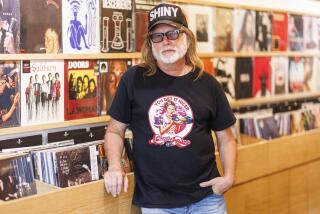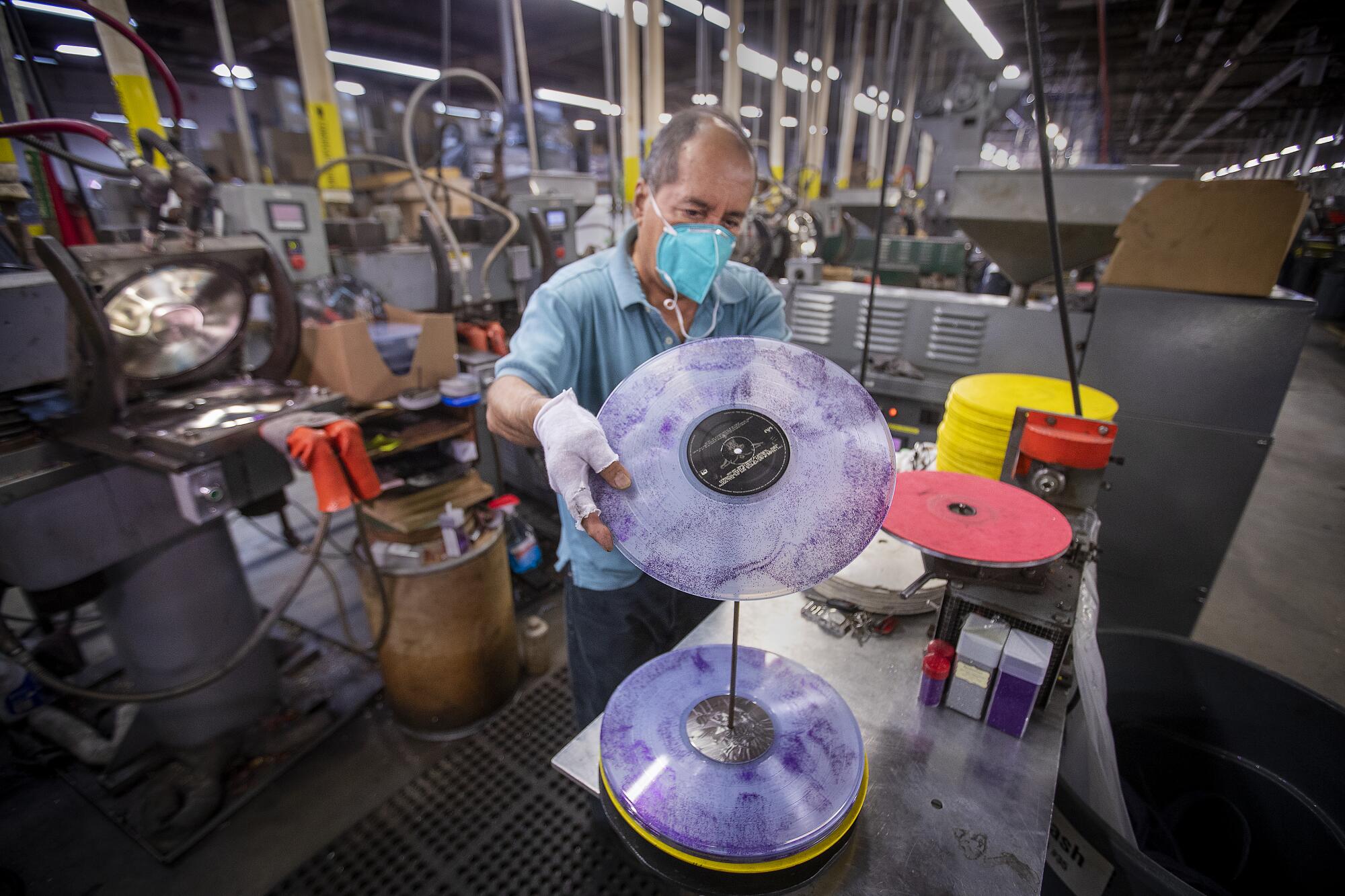
When Liz Dunster, known to friends as Vinyl Mama, moves through Erika Records’ 65,000-square-foot vinyl pressing plant in Buena Park, she’s usually trailed by Elvis, her little Yorkshire terrier. On a recent morning, the two ambled through the facility, her in a stone-washed brown shirt, blue jeans and red boots, and Elvis trotting behind.
Steam-powered presses, operated by employees busy hand-stamping splatter-colored records, hissed with energy on either side of them. She passed one area stacked with piles of Madvillain’s “Madvillainy” album sleeves awaiting records ordered by Highland Park label Stones Throw.
Noting a chill in the warehouse, she grabbed a warm-to-the-touch puck of vinyl used to create glitter-filled records. “These also make good hand warmers,” she said with a smile, putting it into her pocket.
It’s been a big year for vinyl sales, and the hum of activity overwhelming Erika’s production facility, which employs 75 people, offers proof.
But — cue needle scratch — there’s a problem: Buyers want way more records than pressing plants Erika and crosstown competitor Record Technology Inc. in Camarillo, the only two remaining pressing facilities in Southern California, can supply. That’s true globally too: There aren’t enough manufacturers to meet the renewed demand, and too few workers are available to run them.
As with every major plant in the country, Erika’s presses couldn’t keep up with the orders in 2021, and her plant is already fully booked through the end of 2022. RTI is scheduled six months out but plant manager Rick Hashimoto says that tenuous supply chains have rendered precise scheduling difficult.
During the week that ended Dec. 23, buyers snatched up more than 2.11 million long-players in the U.S., according to MRC Data. The volume was part of a record-breaking run in which vinyl sales in each of the final seven weeks of 2021 surpassed a million copies, the longest continuous streak since accurate tracking began in 1991.
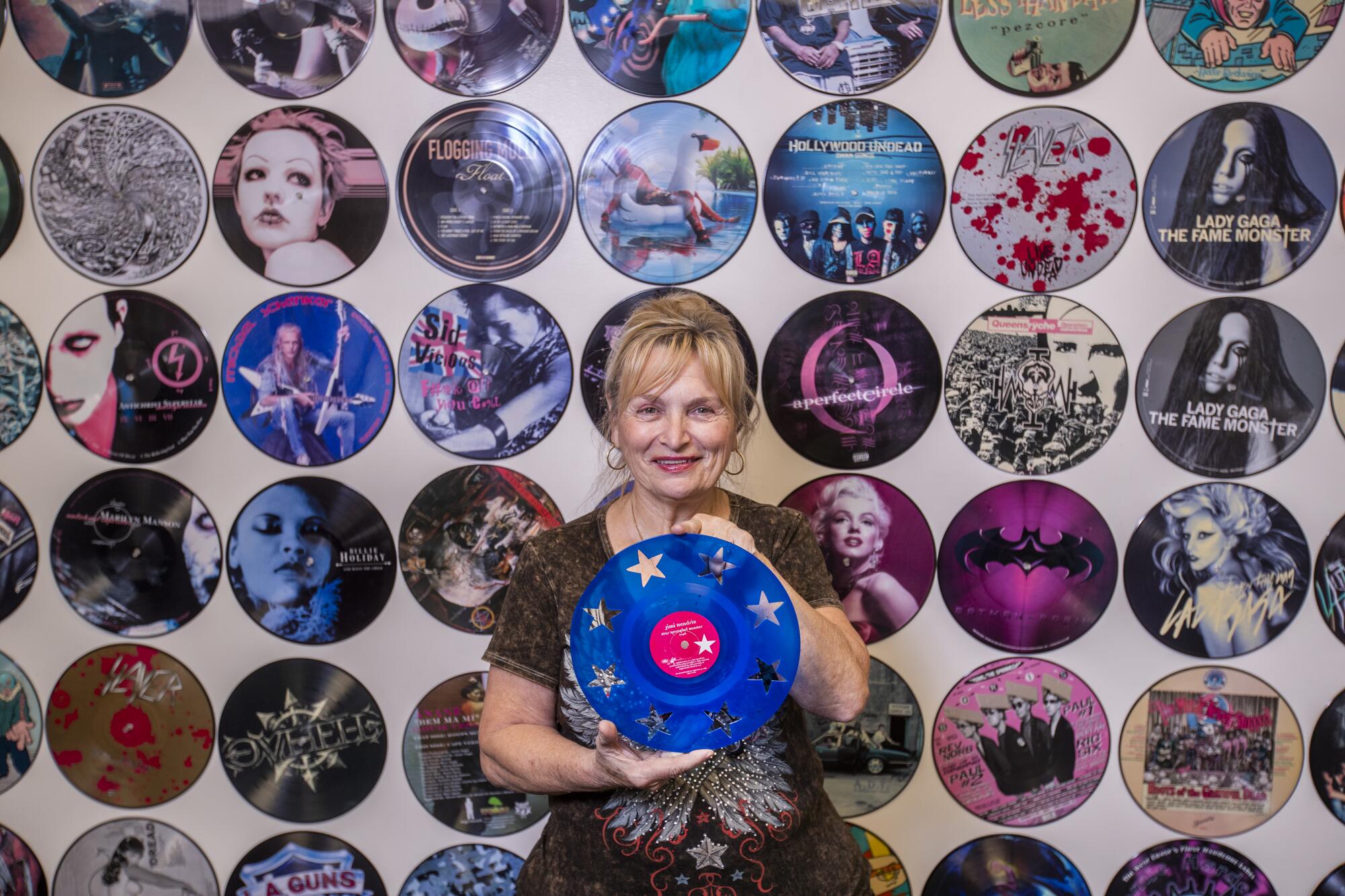
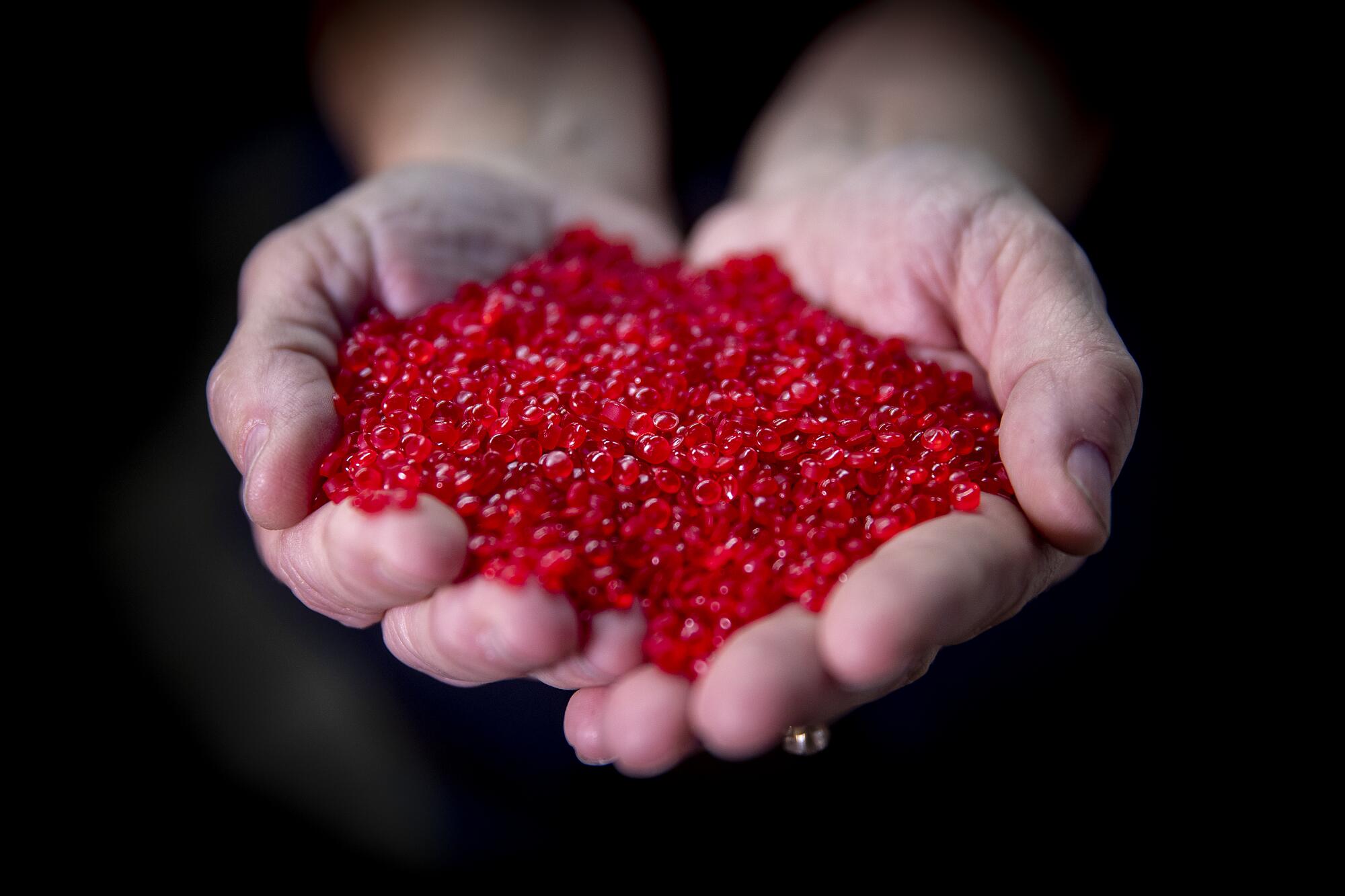
Sales of new vinyl records this year doubled from 2020, to more than 42 million units. More than 300,000 of them were Adele’s “30,” which has spent five weeks as the country’s top-selling LP. Released on Nov. 19, the superstar’s album — thousands of which were pressed at RTI — shattered the single-year vinyl sales record despite being on the market for a mere month and a half.
One more set of numbers: Adele’s album also broke the single-week vinyl sales record, which Taylor Swift had set a few weeks earlier with the release of “Red (Taylor’s Version).” Swift ultimately sold nearly 200,000 copies of the LP, part of a year in which her vinyl catalog tallied nearly 750,000 units.
The demand is obvious at record stores. Last week Amoeba Music’s Hollywood location was so crowded it was hard to browse the aisles. At Record Safari in Atwater Village, proprietor Alex Rodriguez said he’d been unable to restock dozens of titles he normally carries because his distributors’ warehouses are empty.
“Generally, people being stuck at home with money to spend during the pandemic seemed to have kicked off a surge in interest in vinyl,” said Jason McGuire, general manager of L.A. indie label Stones Throw. The label, which is owned by DJ and producer Chris Manak, a.k.a. Peanut Butter Wolf, celebrated its 25th anniversary last year, a legacy supported through vinyl essentials by J Dilla, Madvillain, Anderson .Paak and Sudan Archives. Its sales were up 15% in 2021.
After winning the Eurovision Song Contest in May, Italy’s Måneskin became that rarest of commodities: A young rock band with sex appeal and crossover hits.
“Lots of folks were stuck at home working or received stimulus money early on in the pandemic and couldn’t spend it on the same things as before, so they invested in their living spaces and home listening setups including turntables and hi-fi,” McGuire said. “I think that’s still carrying on today, almost two years into the pandemic.”
As sales have soared, though, so have costs. In the past year, the price of PVC (polyvinyl chloride), which is elemental to pressing records, jumped by nearly 50%.
The pebble-like synthetic plastic polymer, stored in refrigerator-sized boxes in one wing of Erika’s facility, is also used to make vinyl flooring, fake leather and credit cards. Global production and distribution still haven’t recovered from the pandemic’s first wave, which shuttered plants and cluttered shipping lanes. In 2021, a cargo ship wedged in the Suez Canal caused a six-day backup that shook up shipping schedules for the rest of the year.
RTI’s Hashimoto said they get their vinyl from Asia. “A container that used to cost about $5,000 to ship now costs about $20,000 to $25,000,” he says.
“Every part of the process is getting more expensive, including PVC, metal plating, freight and labor,” said Stones Throw’s McGuire. He adds that the label has been reluctant to raise its prices, but its costs have jumped significantly in the past half-year. “I expect them to continue to increase into the next year,” he says.
Erika does heavy business with Disney, which in recent years has issued soundtracks to many of its successful movies on picture discs — LPs with images baked into them. Demand also is high for colored variants — limited-edition runs in different color combinations, with glitter or swirled, multicolored hues. Variants take more time because they’re hand-pressed. Dunster said that despite the major labels’ massive orders, she remains devoted to her independent customers and ensures their place in the pecking order.
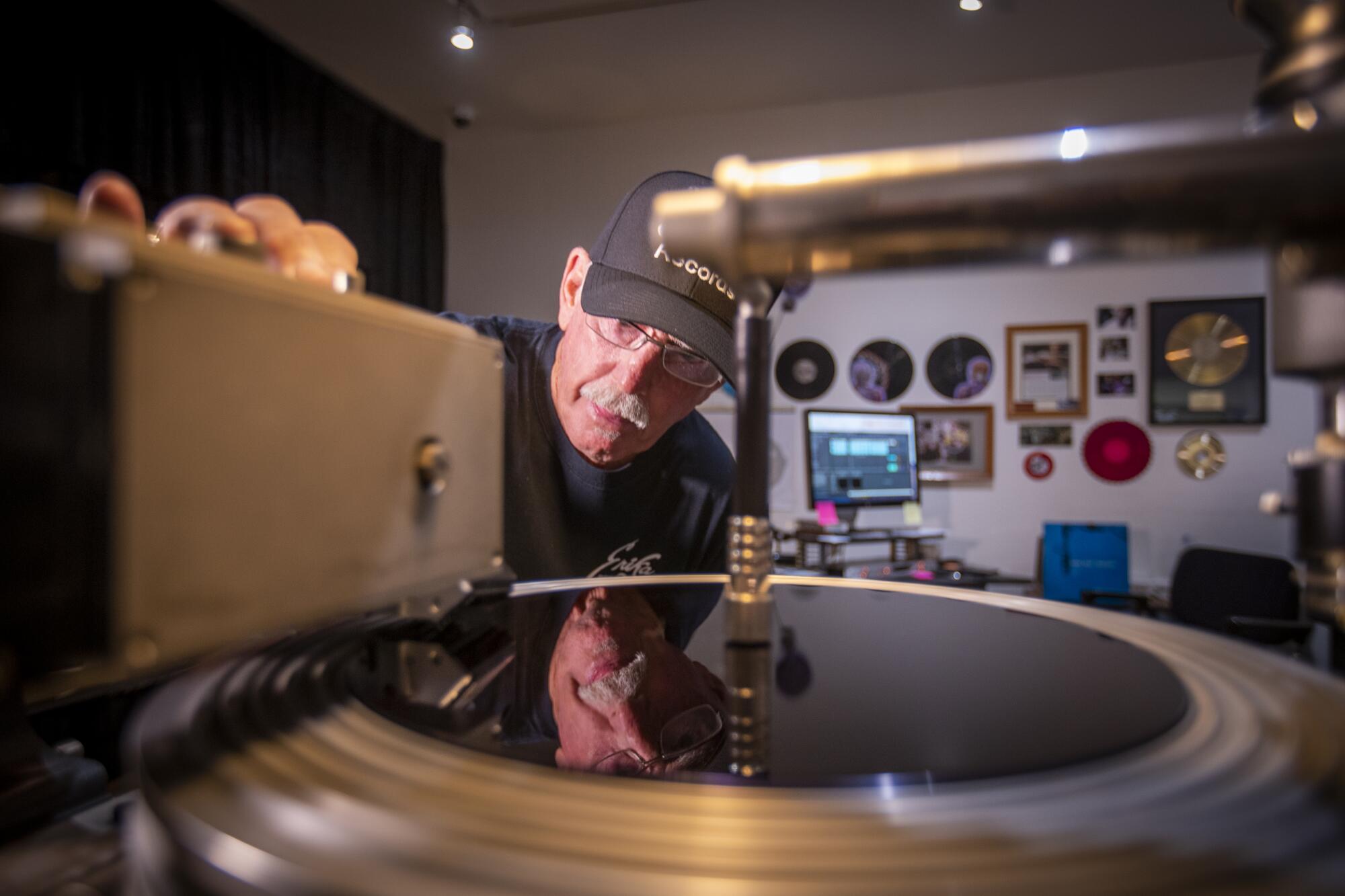
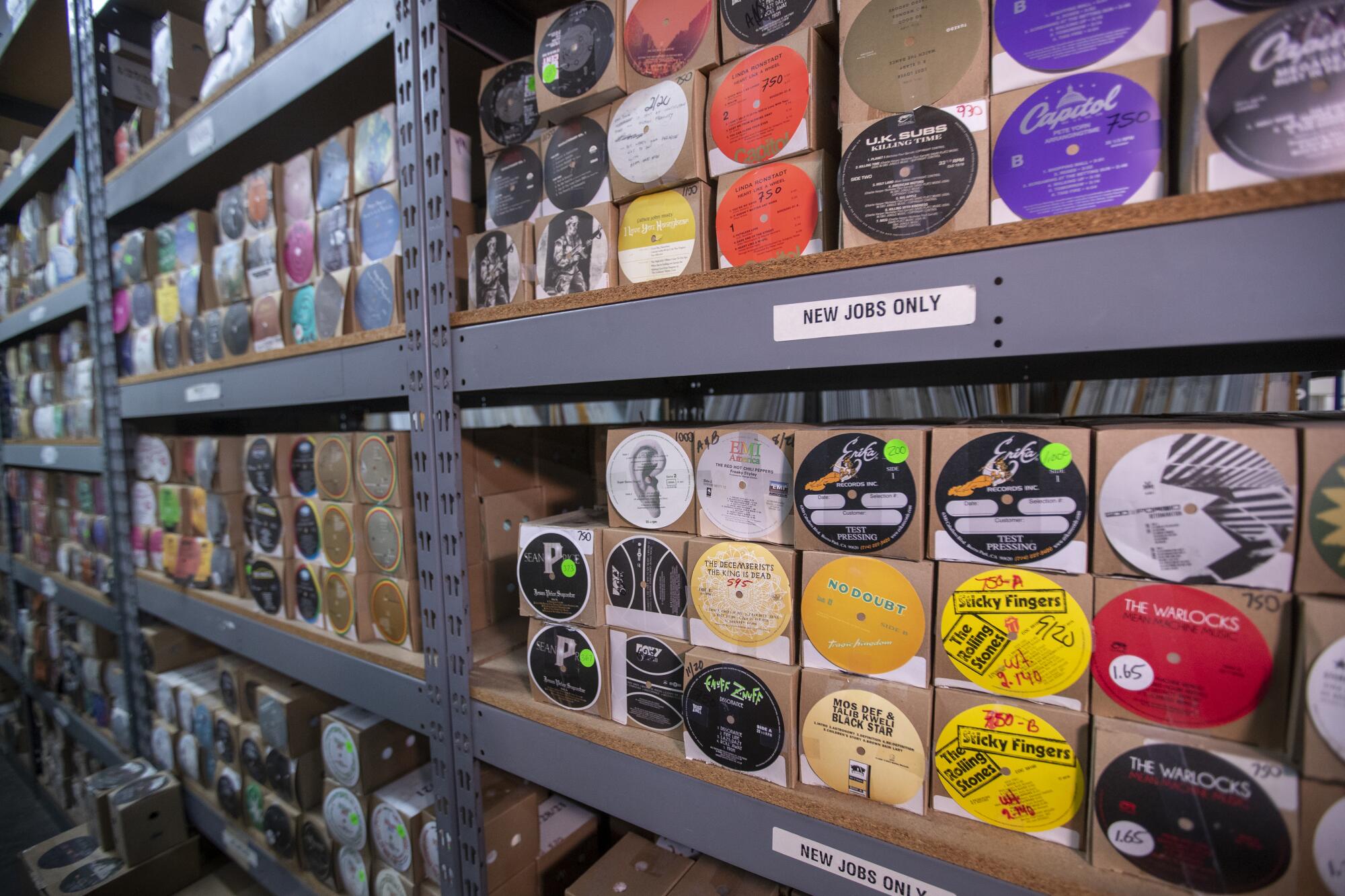
It’s a tedious process, making bespoke variants at Erika. For swirled vinyl, which when finished resembles tie-dye, each record takes a few minutes to manufacture. On this day, employee Guadalupe Herrera was setting a puck in what looked like a big waffle maker. But instead of batter, it was a pliable polymer disc; he sprinkled it with glitter, added another puck, pulled the top down and squished the vinyl to imprint microscopic grooves containing sound waves onto it. Another employee, Denise Hernandez, was inserting, by hand, newly minted “Madvillainy” records into each jacket.
With single-color records, the process is much more automated, but with labels offering multicolored vinyl (and charging a few bucks more for it than black vinyl), Erika’s employees have their work cut out for them.
Dunster founded Erika in 1981, when she was a young metalhead chasing early Slayer, Mötley Crüe and Metallica shows on the Sunset Strip. Piggybacking on her dad’s expertise in the field — he worked for a company that built record presses — she started her enterprise against his wishes at an inopportune moment in the history of recorded music: 1981, a few years before the major record labels undertook a decades-long campaign to render vinyl LPs obsolete by promoting compact discs and cassette tapes. One of her earliest customers was Hollywood fixture Angelyne, who was trying to make it as a new-wave singer.
Not only did vinyl refuse to die but demand is at its highest since at least 1991. News of vinyl’s return is hardly a breaking story, nor is the backlog of orders. The format has been “back” since the early ’00s, and given Spotify, YouTube and the hundreds of millions of used records available online, even if the whole pressing industry collapsed tomorrow, nobody would be starved of the music Erika imprints onto vinyl. Vinyl, after all, accounts for just 1.4% of global music sales.
But what would vanish is the most enduring nonfungible token of musical fandom of the past half-century.
Unlike even five years ago, love of vinyl is no longer an indie-only phenomenon. With major labels that have dozens of projects in some phase of development, they have more buying power at the plants, noted Steve Sheldon, longtime general manager of Rainbo Records, which shuttered in late 2019. “The sad part about the backlog is everybody’s catering to the majors. The little independent labels are really getting squeezed.”
Take, for example, Adele’s “30.” Whereas anyone in the world can stream Adele’s music, “true fans” require talismans that express their devotion. Whether via concert tickets, T-shirts, posters, avatars or social media, fans want to lean in. As holiday tallies from across America have confirmed, vinyl serves that purpose.
Though many indie labels were pressing records in the 1990s, the format’s reascension started being taken seriously by industry watchers in the early 2000s.
Two decades later, that millennial enthusiasm has echoed through to Gen-Zers across America, even as the necessity of owning a physical copy of anything has virtually vanished.
Jack DiAngelo, 16, first started collecting records through her dad, who used to have a sizable collection that he’d given away over the years — except for his Grateful Dead albums. When the Essex County, N.J.-based DiAngelo, who is gender-fluid and uses she/her pronouns, started getting into music, the box of Dead records were her first acquisitions. She’s since started building a collection that includes albums by John Coltrane, MF Doom and the Mahavishnu Orchestra.
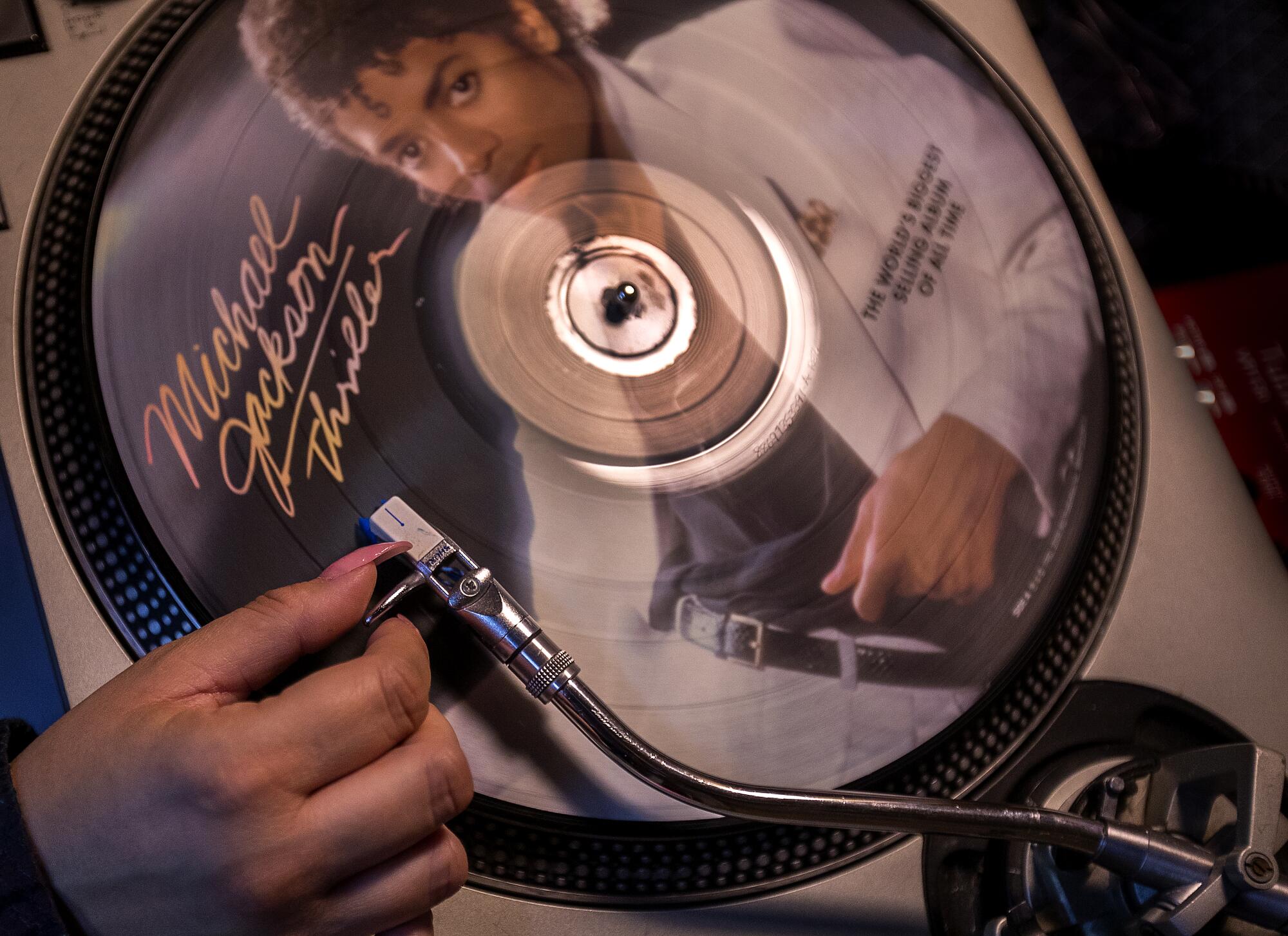
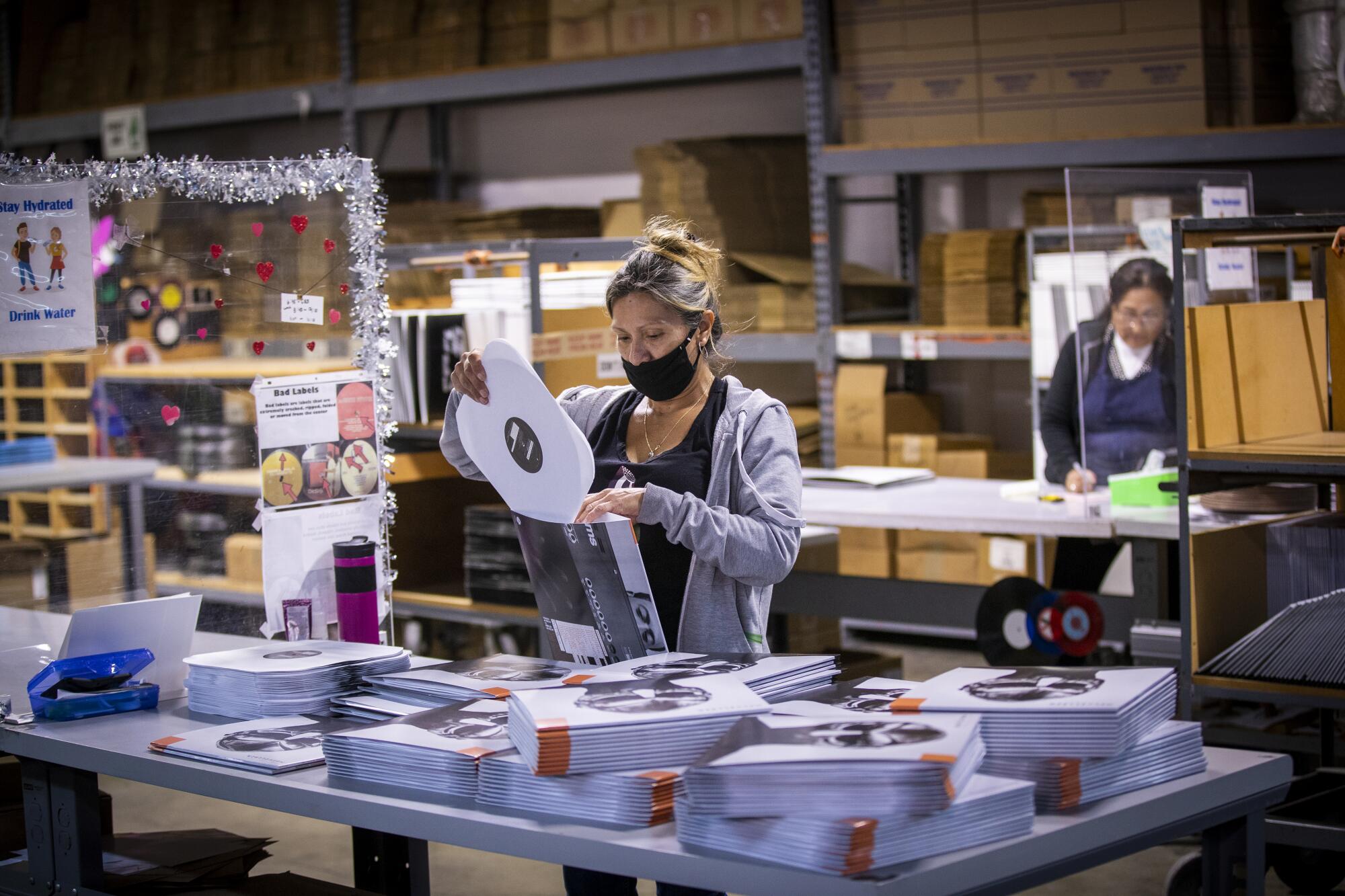
For her, vinyl’s so-called “warmth,” which audiophiles and collectors often espouse as the format’s major allure, has little bearing on her format preferences.
“Some people have really nice speakers or whatever. I’m playing my stuff through a pretty cheap Bose Wave radio that my dad used to have,” she said. DiAngelo bought her first turntable over the holidays, and hopes to get speakers to pair with an amp soon. “For me, it’s nice to have it physical — to be able to feel the music. Not just hear it but be able to hold something. There’s something special about that. It feels important.”
Still, until recently, the vinyl boom has been considered by many in the industry as a bubble ready to burst. On a global scale, streaming remains the most viable avenue for profitability — and nobody has to worry about product getting throttled by an errant ship in the Suez Canal. The incentive for manufacturers to forge new presses, which are expensive to build and maintain, was tempered by the sense that the format’s return was a fad.
That has shifted over the past half decade as at least two companies, Toronto-based Viryl Technologies and German company Newbilt Machinery, have introduced new presses. Rock singer and Third Man Records owner Jack White’s recently opened pressing plant in Detroit is fitted with Newbilt presses.
“Worldwide production today is probably in the range of 150 million to 175 million records,” said Rainbo’s Sheldon. “If you take that everybody is backlogged for a half a year, at least — and it’s probably worse than that — the backlog is probably in the range of 75 or 85 million records.”
Dunster said that one major record company recently made its second inquiry into buying Erika’s whole operation. (She declined.)
Erika’s biggest hurdle is a labor shortage. The company has 18 automatic presses ready to go but only has enough manpower to run 10. That staff shortage also means she can’t run a second line, which she used to do. “I’ve never seen it like this,” she said.
That demand pushed RTI’s plant in Camarillo, where each week its eight presses run 24 hours per day to make about 80,000 albums. For much of autumn, the presses were working on nothing but Adele; her label, Columbia, had ordered 100,000 black vinyl copies of “30.” Since it was a two-LP set, that meant RTI had to mint 200,000 pieces.
“It really put us behind,” said Hashimoto. “We worked weekends in October, November and December and everybody just got really burned out.” The company took extended time off for the holidays. “Now we’re back,” he said.
Sheldon said demand will continue to outstrip supply as long as global production capacity isn’t increased through new pressing plants. It’s simple math. “This is not going to go away quickly. It’s going to take a lot of equipment to ramp up.”
Watch L.A. Times Today at 7 p.m. on Spectrum News 1 on Channel 1 or live stream on the Spectrum News App. Palos Verdes Peninsula and Orange County viewers can watch on Cox Systems on channel 99.
More to Read
The biggest entertainment stories
Get our big stories about Hollywood, film, television, music, arts, culture and more right in your inbox as soon as they publish.
You may occasionally receive promotional content from the Los Angeles Times.
